Jiangzhong Cao
PatentNet: A Large-Scale Incomplete Multiview, Multimodal, Multilabel Industrial Goods Image Database
Jun 23, 2021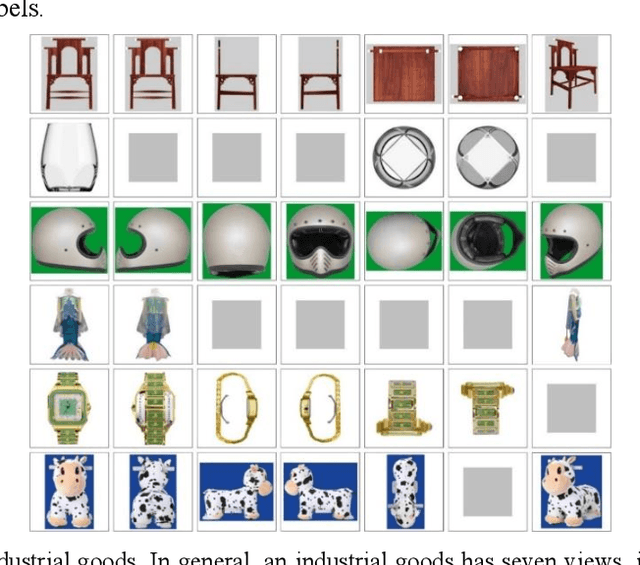
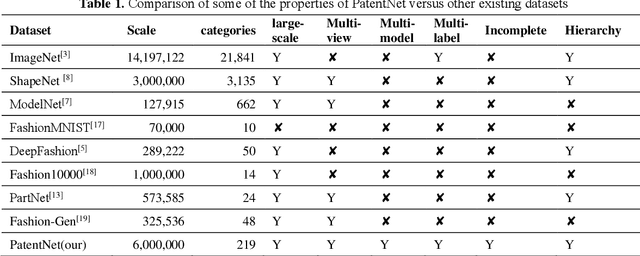
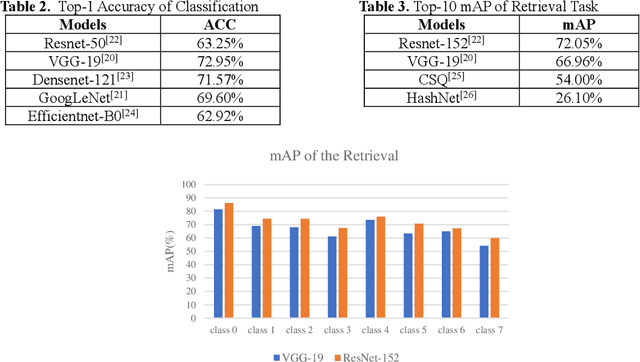
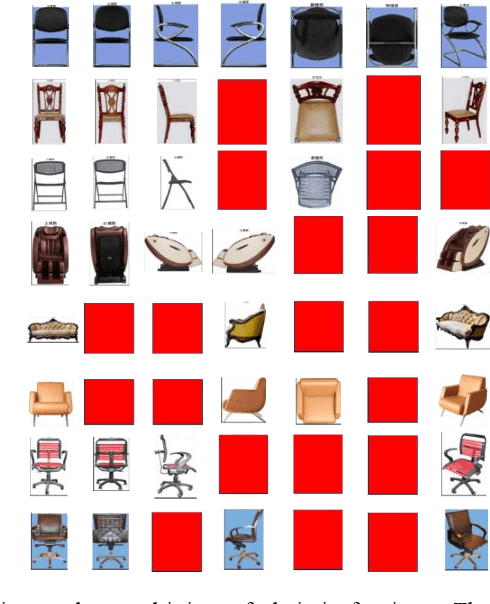
Abstract:In deep learning area, large-scale image datasets bring a breakthrough in the success of object recognition and retrieval. Nowadays, as the embodiment of innovation, the diversity of the industrial goods is significantly larger, in which the incomplete multiview, multimodal and multilabel are different from the traditional dataset. In this paper, we introduce an industrial goods dataset, namely PatentNet, with numerous highly diverse, accurate and detailed annotations of industrial goods images, and corresponding texts. In PatentNet, the images and texts are sourced from design patent. Within over 6M images and corresponding texts of industrial goods labeled manually checked by professionals, PatentNet is the first ongoing industrial goods image database whose varieties are wider than industrial goods datasets used previously for benchmarking. PatentNet organizes millions of images into 32 classes and 219 subclasses based on the Locarno Classification Agreement. Through extensive experiments on image classification, image retrieval and incomplete multiview clustering, we demonstrate that our PatentNet is much more diverse, complex, and challenging, enjoying higher potentials than existing industrial image datasets. Furthermore, the characteristics of incomplete multiview, multimodal and multilabel in PatentNet are able to offer unparalleled opportunities in the artificial intelligence community and beyond.
Conditioning Optimization of Extreme Learning Machine by Multitask Beetle Antennae Swarm Algorithm
Nov 22, 2018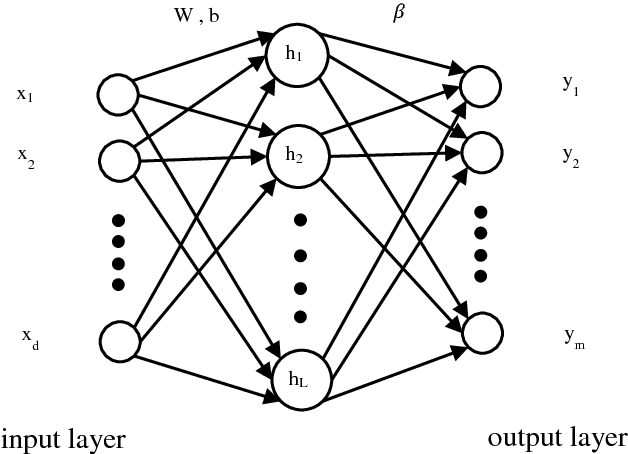



Abstract:Extreme learning machine (ELM) as a simple and rapid neural network has been shown its good performance in various areas. Different from the general single hidden layer feedforward neural network (SLFN), the input weights and biases in hidden layer of ELM are generated randomly, so that it only takes a little computation overhead to train the model. However, the strategy of selecting input weights and biases at random may result in ill-posed problem. Aiming to optimize the conditioning of ELM, we propose an effective particle swarm heuristic algorithm called Multitask Beetle Antennae Swarm Algorithm (MBAS), which is inspired by the structures of artificial bee colony (ABS) algorithm and Beetle Antennae Search (BAS) algorithm. Then, the proposed MBAS is applied to optimize the input weights and biases of ELM. Experiment results show that the proposed method is capable of simultaneously reducing the condition number and regression error, and achieving good generalization performances.
 Add to Chrome
Add to Chrome Add to Firefox
Add to Firefox Add to Edge
Add to Edge